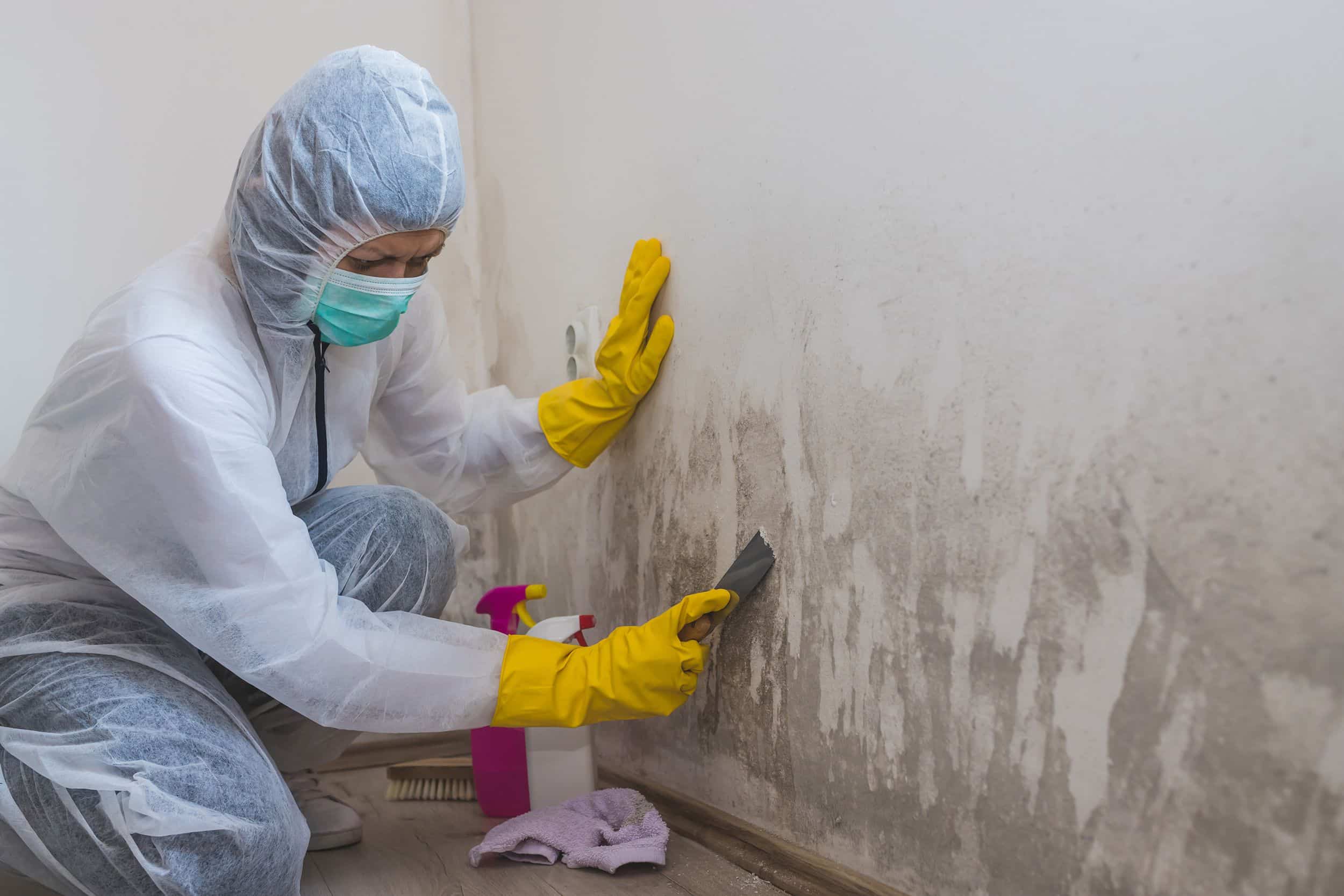Testing Air Quality After Mold Remediation
Your Ultimate Guide to Message Mold And Mildew Removal Methods
Navigating the world of post-mold remediation techniques is a thorough procedure that demands attention to information and a thorough understanding of the ins and outs included. In the aftermath of mold and mildew infestation, knowing exactly how to efficiently eradicate the mold and mildew and prevent its reoccurrence is paramount for preserving a healthy interior environment. From picking the best cleansing and sanitizing methods to applying methods for long-term mold and mildew avoidance, each action in the remediation journey plays an essential role in making certain an effective end result. As we embark on this expedition of post-mold remediation strategies, we will discover the vital strategies and best practices that can help you restore your room to its pre-mold condition and guard it against future mold hazards.
Comprehending Post-Mold Remediation Process
After finishing the mold and mildew removal procedure, it is important to recognize the post-mold removal strategies that are essential to make certain a detailed and reliable clean-up. Once the mold and mildew has been gotten rid of, the following step involves cleansing and sanitizing the affected locations to stop any kind of regrowth of mold and mildew. This includes using specialized cleansing representatives to wipe down surface areas and kill any continuing to be mold spores. It is necessary to dry the location completely to discourage the development of mold and mildew in the future (Post Mold Remediation Report). Proper air flow and dehumidification can aid in this procedure.
In addition, performing a last evaluation post-remediation is important to make sure that all mold has been successfully gotten rid of. If the examination discloses any type of remaining mold, additional removal might be needed.
Efficient Cleaning and Decontaminating Techniques

Protecting Against Future Mold And Mildew Growth

Value of Proper Air Flow
Appropriate ventilation plays an important duty in avoiding wetness build-up, a key aspect in mold development within indoor settings. Efficient air flow systems help eliminate excess moisture from the air, minimizing the chances of mold spores locating the moisture they require to spread out and germinate. Without appropriate ventilation, indoor rooms can become a reproduction ground for mold and mildew, resulting in possible health dangers and architectural damage.
By making sure proper air flow, air flow systems can additionally help in drying out wet locations faster after water damages or flooding events, additionally hindering mold development. Post Mold remediation cleaning. Precede like washrooms, kitchen areas, attic rooms, and cellars where moisture degrees tend to be greater, installing and maintaining effective ventilation systems is essential in avoiding mold invasions

Tracking and Upkeep Tips
Provided the important function that proper air flow plays in avoiding mold growth, it is critical to develop efficient monitoring and maintenance ideas to make certain the continued performance of ventilation systems. Monitoring moisture degrees within the residential or commercial property is additionally essential, as high humidity can contribute to mold development. By remaining conscientious you could try this out and proactive to the problem of air flow systems, building proprietors can efficiently alleviate the risk of mold and mildew regrowth and preserve a healthy indoor atmosphere.
Verdict
Finally, post-mold removal strategies are necessary for guaranteeing a risk-free and clean atmosphere. Comprehending the process, applying efficient cleansing and decontaminating techniques, avoiding future mold growth, maintaining appropriate ventilation, and regular surveillance are all crucial action in the removal process. By complying with these standards, you can effectively remove mold and avoid its return, advertising a healthy living or functioning area for all occupants.
In the results of mold and mildew problem, knowing exactly how to properly remove the mold and avoid its reoccurrence is extremely important for preserving a healthy indoor environment. When the mold has actually been eliminated, the next step entails cleaning and disinfecting the influenced areas to avoid any regrowth of mold - Post Remediation More about the author verification. After getting rid of visible mold development, it is essential to cleanse all surface areas in the affected area to remove any kind of continuing to be mold spores. To even more enhance mold and mildew prevention steps, it is important to address underlying problems that at first led to mold and mildew advancement.Given the vital function that proper air flow plays in preventing mold growth, it is necessary to establish effective monitoring and upkeep pointers find more to make sure the ongoing capability of ventilation systems